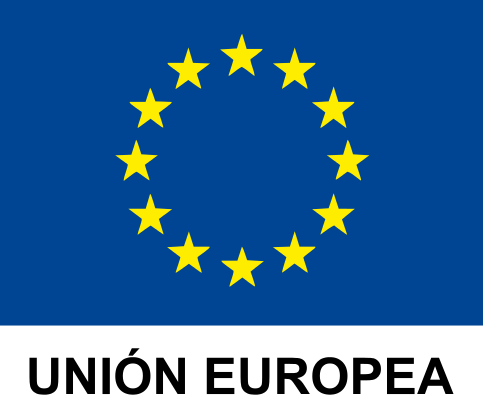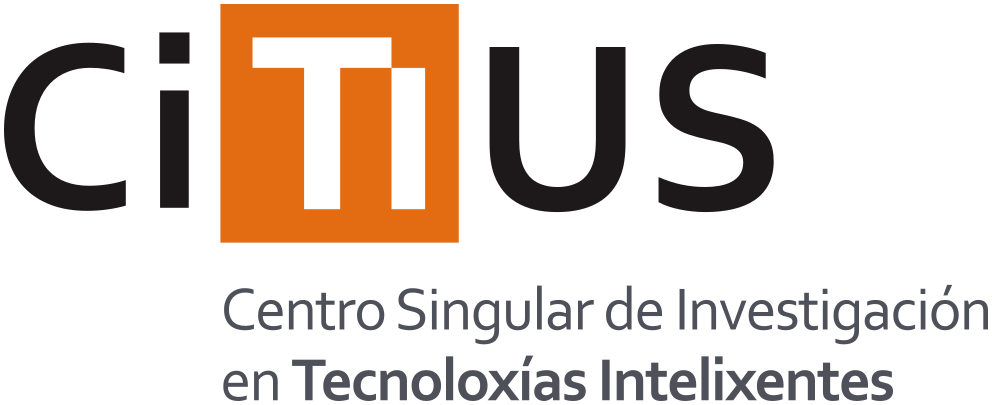Walking Recognition Dataset
This dataset contains 1.5 GB of smartphone inertial data from 77 different people carrying out walking and not walking activities. The volunteers performed these activities while they carried the mobile device (Bq Aquaris M5) in different locations (hand, bag, pocket, ear, etc.) The vast majority of the volunteers (72, specifically) were not connected to the research, because we wanted to ensure that the data were not biased. In this way, in each record, the participant walked under natural conditions, freely or following some basic premises, while the information provided by the inertial sensors of the mobile phone was recorded and processed. Each volunteer walked, on average, about 2 minutes, giving around 110 steps.
The recorded data comes from the 3 inertial sensors available on all smartphones: accelerometer, gyroscope and magnetometer. All data was annotated indicating when the user is walking or not. For that, volunteers carried a set of sensorized devices in their legs. In particular, they carried two other smartphones (two Bq Aquaris E5s), one on each leg, tied with sport armbands, as shown in Figure 1. The inertial information registered in the legs is good enough to perform real time labeling and disambiguate when the user is really walking.
Getting Started
The data collected in this dataset comes from the 3 inertial sensors of the mobile devices described above. These sensors are:
- accelerometer: it measures in m/s2 the acceleration force that is applied to a device in the three physical axes (x, y, z), including the force of gravity.
- gyroscope: it measures in rad/s the speed of rotation of a device around each of the three physical axes (x, y, z).
- magnetometer: it measures in μT the environmental geomagnetic field of the three physical axes (x, y, z).
The dataset files are organized in the following folder structure:
./DATA/: root folder that contains all the recordings.{building_id}/: the ID of the building where each experiment was performed.{user_id}/: the ID of the volunteer who performed the experiment.{mobile_location_id}/: the location where the smartphone was placed during the experiment: in the hand, in the pocket, in a bag..., or a combination of several locations (hybrid tests).{record_id}/: date and time of the recording in the format:dd-MM-yy_HH:mm:ss.{record_id}@GT.csv: ground truth file. Each row corresponds to a step, indicating the times in which the peak and the valley of the step occur and the module of the acceleration experienced in the main phone in both instants.{record_id}@GTBinary.csv: a binary representation of the ground truth. For all the timestamps in the recording, the ground truth is indicated using a0when the user is not walking and a1when the user is walking.{record_id}@leftFoot_ACC.csv: accelerations in the left foot. Each row is a different measurement in the mobile of the left leg, indicating the global time, the local timestamp (in that smartphone, it does not have to match the timestamps of the other devices), the raw acceleration in the 3 axis x, y and z and the acceleration norm.{record_id}@leftFoot_GT.csv: partial ground truth registered in the left foot. It is obtained applying a peak-valley algorithm on the accelerometer data registered on that phone. It has the same structure that{record_id}@GT.csv, but only containing the steps registered in the left foot device. The full ground truth log is the one in{record_id}@GT.csv, which combines the information from the left and right leg.{record_id}@leftFoot_RAW.csv: raw data from the inertial sensors of the left foot smartphone. Each row is a different measurement, indicating the global time, the local timestamp, the sensor to which the measurement corresponds (accelerometer, gyroscope or magnetometer) and the inertial data in the 3 axis x, y and z.{record_id}@main_ACC.csv: accelerations in the main smartphone, which could be placed in hand, in the pocket, etc. Each row is a different measurement in the main smartphone, indicating the global time, the local timestamp, the raw acceleration in the 3 axis x, y and z and the acceleration norm.{record_id}@main_ACCQ.csv: acceleration in the main smartphone, but projected into the Earth reference frame applying Madgwick's method [1]. This file has the same structure as the previous one.{record_id}@main_GT.csv: steps registered on the main device when applying a peak-valley algorithm on the accelerometer data registered on that phone. It could be close to the real ground truth or not, depending on several factors such as the location of the device. The real ground truth log is the one in{record_id}@GT.csv, which combines the information from the left and right leg.{record_id}@main_GYRO.csv: angular velocities registered by the gyroscope in the main smartphone. Each row is a different measurement, indicating the global time, the local timestamp, the raw angular velocities in the 3 axis x, y and z and its norm.{record_id}@main_RAW.csv: raw data from the inertial sensors of the main smartphone. Each row is a different measurement, indicating the global time, the local timestamp, the sensor to which the measurement corresponds (accelerometer, gyroscope or magnetometer) and the inertial data in the 3 axis x, y and z.{record_id}@rightFoot_ACC.csv: the same as in{record_id}@leftFoot_ACC.csvbut for the right foot.{record_id}@rightFoot_GT.csv: the same as in{record_id}@leftFoot_GT.csvbut for the right foot.{record_id}@rightFoot_RAW.csv: the same as in{record_id}@leftFoot_RAW.csvbut for the right foot.{record_id}@NOTES.txt: a file that simply counts the steps detected on each of the devices and also indicates the definitive (ground truth) number of steps given in that recording.
./README.md: file describing the dataset.
Authors
The authors of this dataset are:
- Fernando E. Casado (fernando.estevez.casado@usc.es),
- Germán Rodríguez,
- Dylan Lema,
- Roberto Iglesias, and
- Carlos V. Regueiro.
Acknowledgments
This research has received financial support from AEI/FEDER (European Union) grant number TIN2017-90135-R, as well as the Consellería de Cultura, Educación e Ordenación Universitaria of Galicia (accreditation 2016--2019, ED431G/01 and ED431G/08, reference competitive group ED431C2018/29, and grant ED431F2018/02), and the European Regional Development Fund (ERDF). It has also been supported by the Ministerio de Educación, Cultura y Deporte of Spain in the FPU 2017 program (FPU17/04154), and the Ministerio de Economía, Industria y Competitividad in the Industrial PhD 2014 program.




References
This dataset was used in the experimental results of our work:
[1] Casado, F. E., Rodríguez, G., Iglesias, R., Regueiro, C. V., Barro, S., & Canedo-Rodríguez, A. (2020). Walking Recognition in Mobile Devices. Sensors 2020, 20(4), 1189.
License
This work is licensed under a Creative Commons Attribution 4.0 International License.

You can use this dataset on your publication as long as you include a citation to the reference on this page. When including a link to the dataset, please use this page instead of linking the files directly. We would like you to also refer to the benchmark paper [1]:
@article{casado2020walking,
title={Walking Recognition in Mobile Devices},
author={Casado, Fernando E and Rodr{\'\i}guez, Germ{\'a}n and Iglesias, Roberto and Regueiro, Carlos V and Barro, Sen{\'e}n and Canedo-Rodr{\'\i}guez, Adri{\'a}n},
journal={Sensors},
volume={20},
number={4},
pages={1189},
year={2020},
publisher={Multidisciplinary Digital Publishing Institute}
}
Información
-
- Investigadores
- Fernando Estévez Casado
- Roberto Iglesias Rodríguez
- Germán Rodríguez García
- Carlos Vázquez Regueiro
- Dylan Lema Pais




